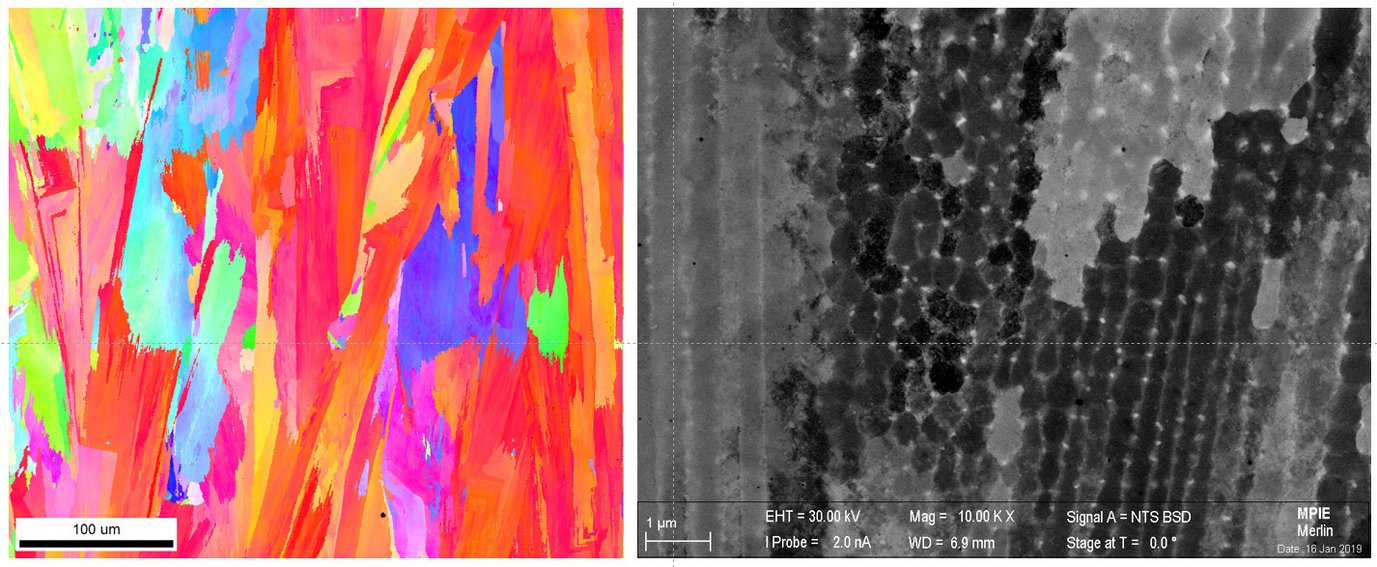Mechanical behavior of additively manufactured alloys under hydrogen environment
In general, metals and alloys processed by additive manufacturing (AM) have the extremely non-equilibrium microstructure and thus exhibit comparable or even better mechanical properties than their counterparts. Despite the immanent advantages (e.g., design freedom for complex geometry) and unexpected merits (e.g., superior mechanical performance) of AM processes, there are several remaining issues that need to be addressed in order to practically apply AM alloys to various industries. One of the most important issues is the mechanical behavior of AM alloys under hydrogen environments, since it is easily encountered in the industrial fields and has generally detrimental effects on metals and alloys. In fact, many potential applications of AM alloys may lead to H exposure, e.g. high-content H in water reactor environment of nuclear power plants and H2 gas in moist environment like ambient air for aircraft applications. Hence, the mechanical reliability of AM alloys under H environments should be investigated.
In this project, we are firstly focused on 304L stainless steel and Inconel 718, which are deteriorated under H environment, and are also widely used in AM process. To introduce H into the alloys, we are considering two approaches, i.e. introducing H into the alloys 1) during AM process and 2) after AM process. Through exploring both effects of H on the mechanical properties of AM alloys and identifying their underlying mechanisms, the valuable clues to develop strong, ductile, and hydrogen tolerant alloys will be gained.













